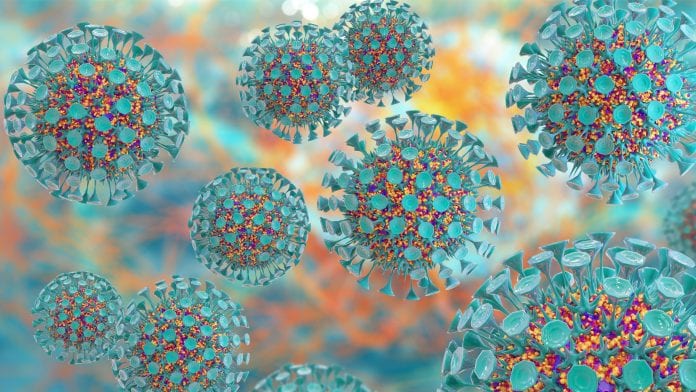
According to WHO, due to sexually transmitted infections, there was approximately 661,000 total cases of congenital syphilis in 2016 resulting in over 200,000 stillbirths & neonatal deaths.
With approximately 6 million new cases each year, syphilis is one of the most common sexually transmitted infections globally. If a pregnant woman who is infected does not receive early and effective treatment, she can then transmit the infection to her unborn infant. This is known as congenital syphilis, which is more than often fatal. It can also cause low birth weight, prematurity, and other congenital deformities.
The second leading cause of preventable stillbirth globally
Sexually transmitted infections are easily preventable and treatable, but congenital syphilis is the second leading cause of preventable stillbirth globally, preceded only by malaria.
Nevertheless, reducing the chances are possible as long as testing and treatment are provided to pregnant women early during antenatal care.
The risk of adverse outcomes to the foetus is minimal if a pregnant woman, infected with syphilis, receives testing and adequate treatment with benzathine penicillin, early in pregnancy – ideally before the second trimester.
So, what did the WHO report estimate?
Co-authored by WHO and HRP with partners, and published in the scientific journal PLOS ONE, the new estimates show that out of the 661,000 total cases of congenital syphilis, there were 355,000 adverse birth outcomes – which represents a significant proportion of new-born death and disease.
The estimates showed that the overall global burden of congenital syphilis decreased over the 2012 to 2016 research period, although non-significantly, from around 750,000 to 660,000 cases.
The research also found some improvements in screening, treatment, and surveillance of maternal syphilis. Estimated adverse birth outcomes due to congenital syphilis decreased slightly from 397,000 to 355,000.
Number of affected women and infants remains unacceptably high
It is crucial that all women are provided with early syphilis screening and treatment as part of high-quality antenatal care for a positive experience of pregnancy.
In addition, health systems and programmes need to ensure that all women diagnosed with syphilis, as well as their infants, are effectively treated – and that their sexual partners are reached for testing and treatment.
Countries can also work to reduce syphilis prevalence across populations, by ensuring that testing, treatment and partner referral for the infection are put into action, beyond that of antenatal care.
The goal of eliminating transmission
WHO is striving to work towards the goal of eliminating mother-to-child transmission of syphilis, and success has already been made in several parts of the world.
In recent years 12 countries have been validated by WHO as having eliminated mother-to-child transmission of syphilis and improving HIV treatment.
Monitoring the scale up of screening and treatment of pregnant women remains paramount to measure progress towards this goal. Measuring how many adults and infants are affected by syphilis with regional and national-level estimation is crucial to guide health systems’ capacity to strengthen prevention, detection and treatment.






















